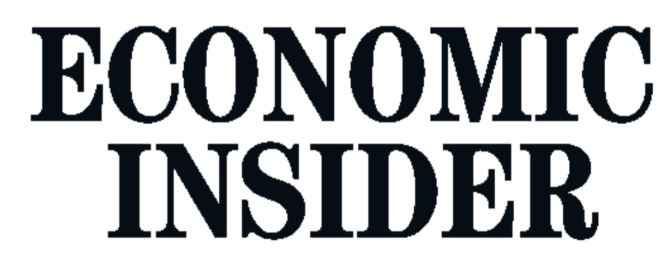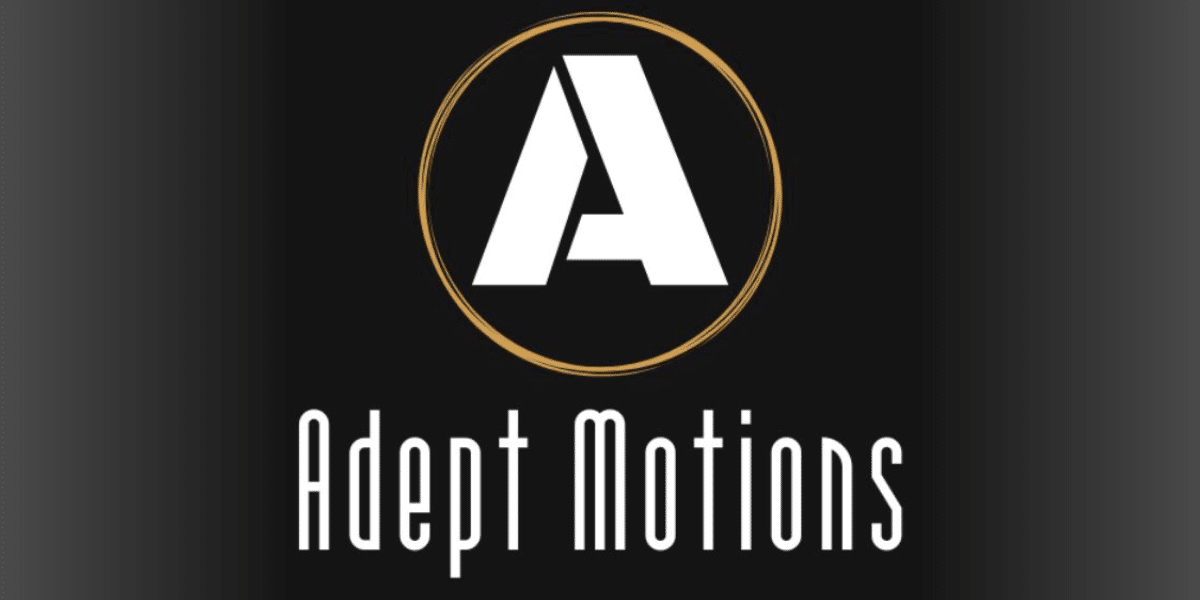The US economy doesn’t move in a straight line. Factors from consumer confidence to global events can send it on booms, busts, and everything in between.
WASHINGTON D.C. – The US economy is a complex beast. Some years see rapid growth, job creation, and rising stock markets. Others bring economic downturns, layoffs, and hardship. Understanding the forces behind these fluctuations is crucial for businesses, policymakers, and everyday Americans trying to navigate an uncertain financial landscape.
GDP: The Growth Metric
Gross Domestic Product (GDP) is the primary yardstick for measuring the size and health of the US economy:
- What It Is: GDP represents the total value of all goods and services produced within the US in a given period (usually a quarter or a year).
- Growth = Good (Usually): A rising GDP generally indicates more jobs, higher wages, and overall economic expansion.
- Limitations: GDP doesn’t tell the whole story. It doesn’t measure income distribution, environmental impact, or overall well-being.
The Business Cycle: Ups and Downs
The US economy doesn’t grow steadily but moves in a cycle with distinct phases:
- Expansion: This is the good part! GDP grows, unemployment falls, businesses invest, and consumer spending is strong.
- Peak: The economy reaches its highest point of a cycle. Growth often slows as it hits capacity constraints.
- Recession: Defined as two consecutive quarters of negative GDP growth. Businesses cut back, layoffs rise, and pessimism grows. Severe recessions become depressions.
- Trough: The low point. Economic activity bottoms out before gradually starting to recover.
- Recovery: GDP begins to grow again, businesses tentatively rehire, and the cycle starts anew.
What Drives the Cycle? A Multitude of Factors
No single culprit throws the economy off track. Here’s a look at key players:
- Consumer Behavior: When consumers are confident, they spend. This fuels business growth. If pessimism sets in, they save, causing the economy to contract.
- Interest Rates: The Federal Reserve influences rates. Low rates encourage borrowing and investment, but tighten too much and choke growth.
- Global Shocks: Wars, supply chain disruptions like the COVID pandemic, and oil price spikes can send shockwaves through the US economy.
- Government Policy: Tax cuts or increased spending can stimulate the economy in the short term, but may lead to inflation or debt issues down the road.
- Investor Sentiment: The stock market is forward-looking. Irrational exuberance can inflate bubbles, while crashes erode confidence and spending.
Recessions: Not All Created Equal
While recessions share common features, their triggers and severity differ:
- The 2008 Financial Crisis: Fueled by a housing bubble and risky lending, it led to a deep recession and slow recovery.
- The 2020 Pandemic Recession: Lockdowns caused a sharp economic contraction, but massive government aid led to a surprisingly swift rebound.
- 1970s Stagflation: High inflation mixed with slow growth – a nightmare scenario economists aim to avoid repeating.
Forecasting the Future
Economists are notoriously imperfect at predicting downturns. They look at indicators like:
- Inverted Yield Curve: When short-term bonds yield more than long-term, it’s often (but not always) a recession signal.
- Consumer Confidence Surveys: Falling confidence suggests people are tightening their wallets, potentially hurting businesses.
- Housing Starts: A slowdown in new construction often precedes a broader economic downturn.
What Can Be Done?
- Federal Reserve Actions: The Fed tries to fine-tune the economy with interest rates and other tools, aiming for a soft landing – slowing things just enough to curb inflation without causing a recession.
- Fiscal Policy: The government can boost spending or cut taxes during recessions, but too much stimulus risks long-term problems.
- Individual Preparation: During good times, building an emergency fund and paying down debt can provide a buffer if a downturn hits.
While economists seek to smooth out the extremes of boom and bust, the US economy will always have cycles. Understanding the forces at play helps businesses make informed decisions, allows policymakers to implement measures to mitigate damage, and can aid individuals in planning for the inevitable bumps in the economic road.









